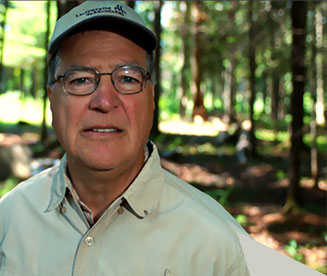Welcome to the Kruger 2 site in Sherbrooke, a site exceptionally rich in artifacts from the Late Palaeoindian period.
The Kruger 2 site was discovered in 2013 during an inventory campaign launched by Brompton’s heritage committee (Comité du patrimoine de Brompton). Éric Graillon, archaeologist and facilitator at the Sherbrooke Museum of Nature and Science, located the site and led the excavations. Digs started that same year and ended in 2018. More than 150 000 lithic pieces of evidence have been discovered there, including about 800 tools. For a site from this era, not only is the number exceptional, but so is the diversity of the materials used to produce these tools. Not only are there many regional materials, but also materials whose provenance is 150 km away as the crow flies.
Furthermore, bones are rarely found on Palaeoindian sites. The Kruger 2 site is exceptional in terms of the number and variety of bleached bones found there. The site is the first from this era revealing fish bones, thus indicating fishing activities to the north of New England.
Excavation of a section of the Kruger 2 site’s area 3. Time-lapse photos taken from a fixed point every hour of the excavation between June 27 and July 15, 2017.





